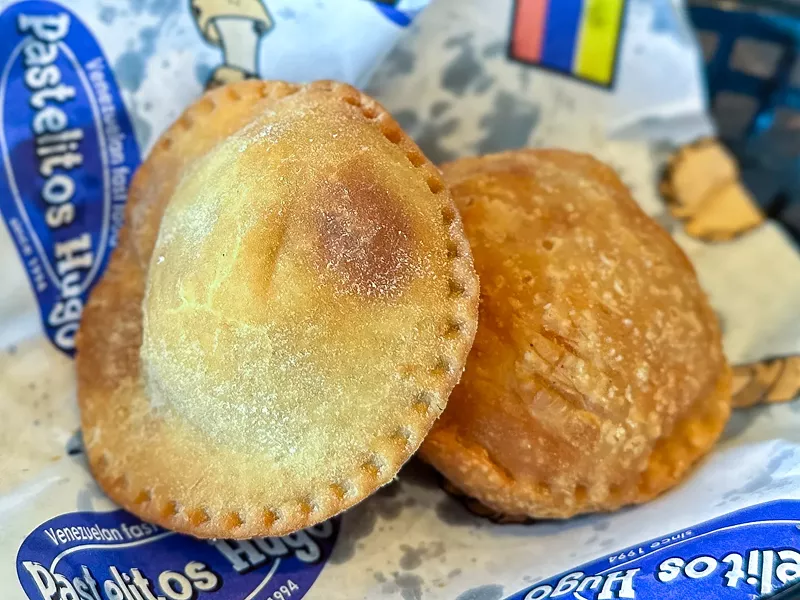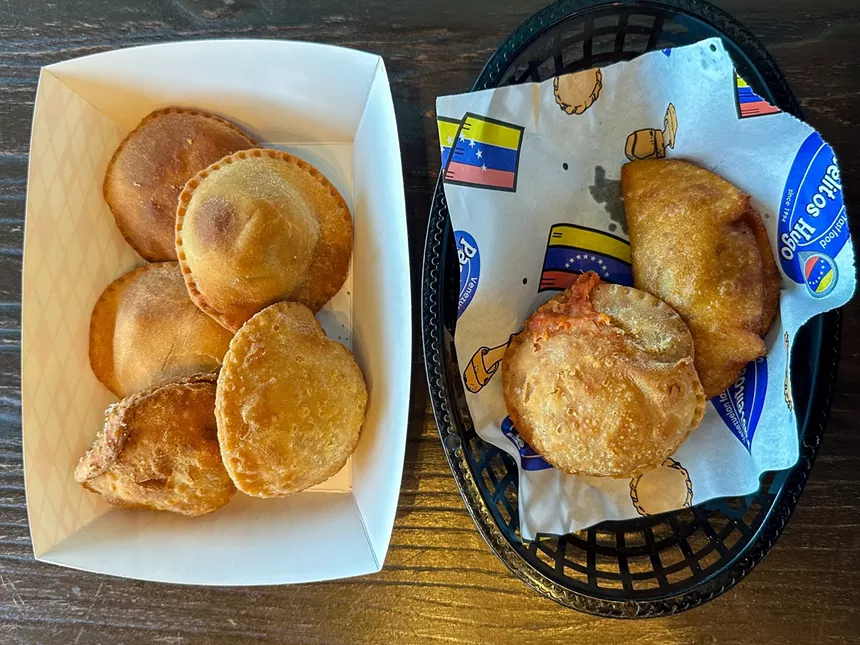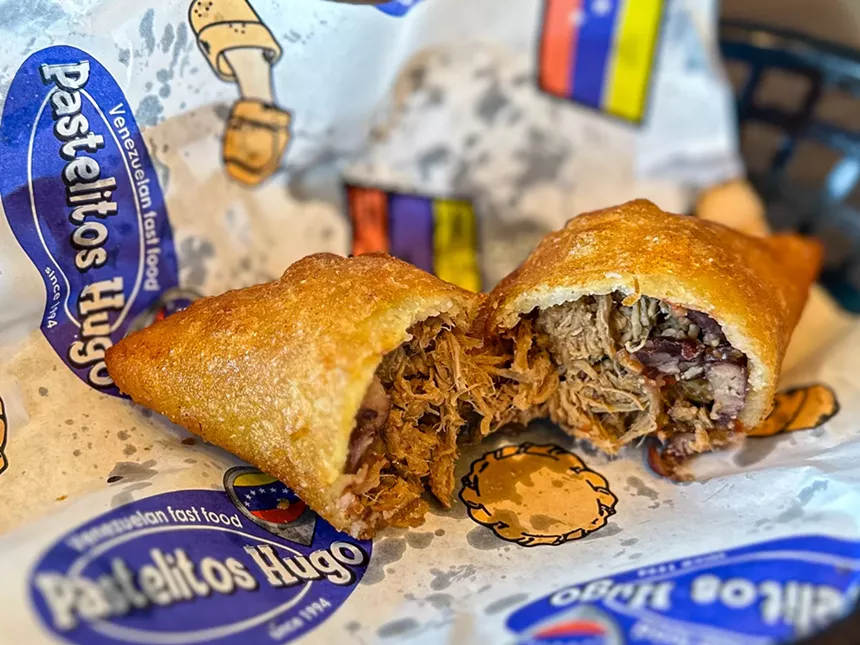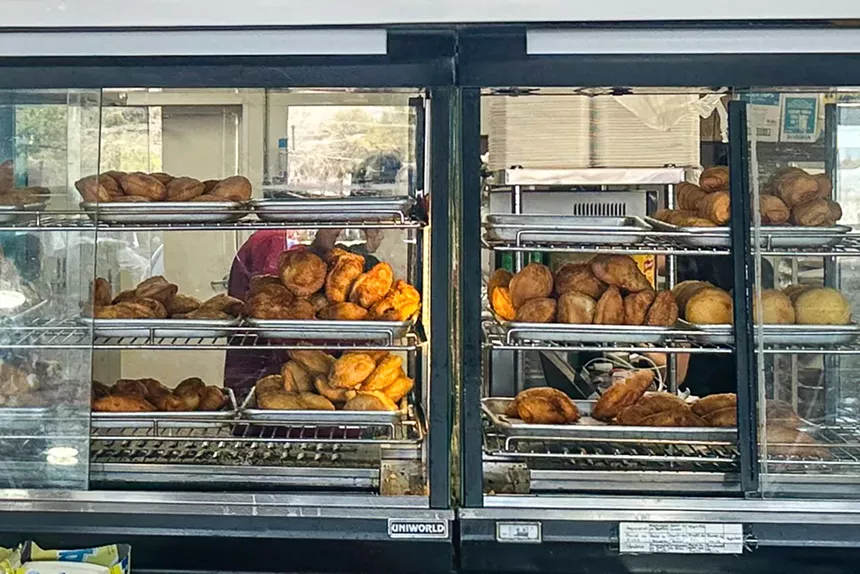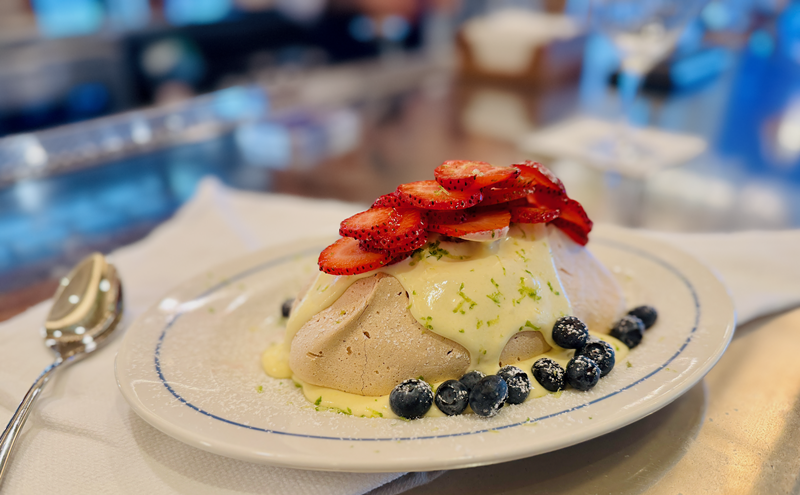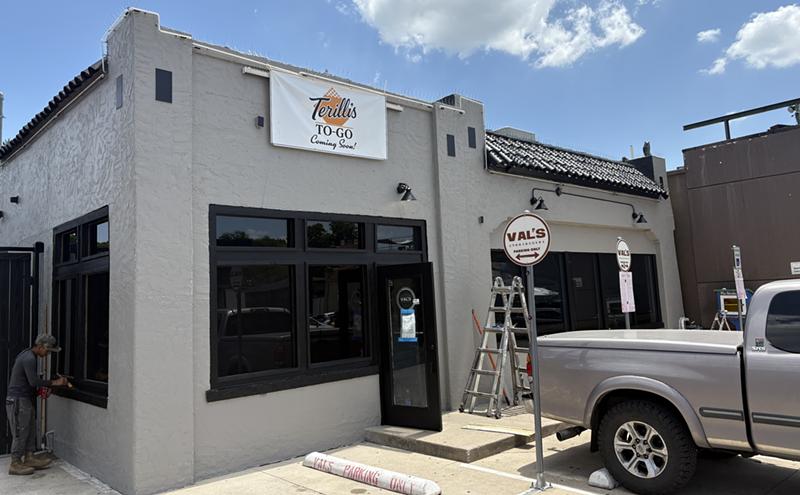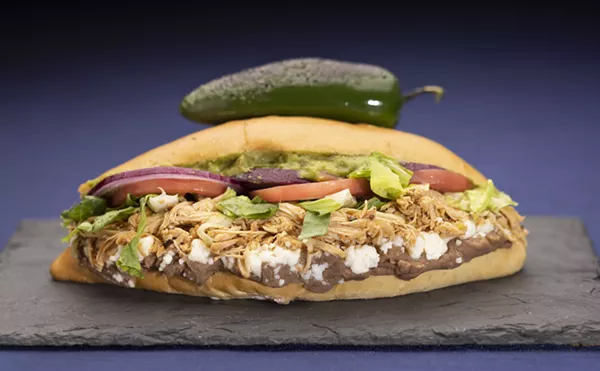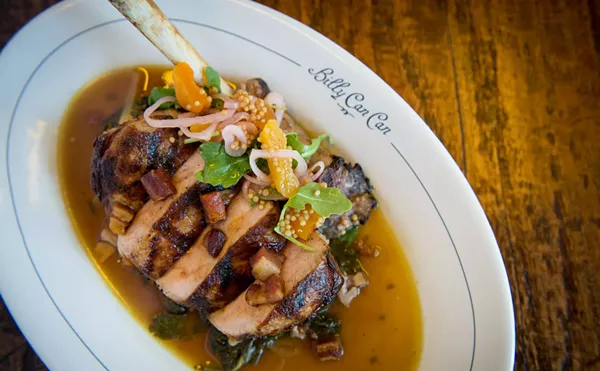The empanada is perhaps better known. It originated in the Galicia region of Spain before reaching Latin America. The dough is typically flour-based and can have a slightly flaky crust if made with baking powder. Empanadas are primarily filled with various savory fillings, such as pork, chicken or cheese, though some can contain sweet fillings, such as raisins or chocolate. They can be baked or fried, though fried is much more common.
The pastelito, on the other hand, traces its origins to Puerto Rico, with the same Spanish roots as the empanada. Since they're made with puff pastry, pastelitos are usually smaller and have a thicker and flakier dough than empanadas. While pastelitos can also be stuffed with savory items, they more commonly have fruit jam or cream-based fillings, and numerous regional variations exist.
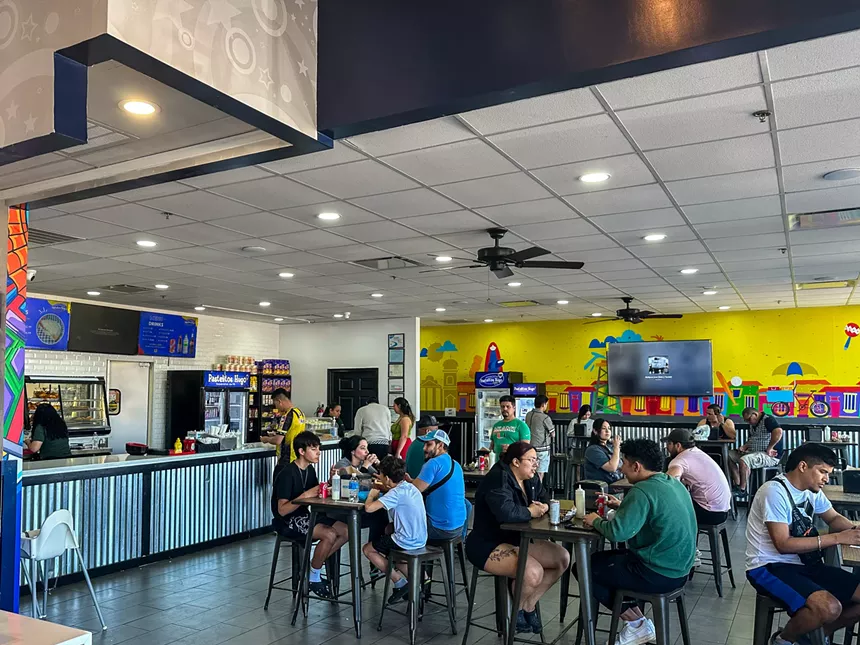
Pastelito Hugo is a Venezuelan place with three locations in North Texas that serves up several varieties of pastelitos as well as several other Latin American treats.
Hank Vaughn
We were here for the stuffed pockets of goodness, however, so we ordered several varieties of pastelitos and an empanada.
We went with six different types of pastelitos: queso, pollo, papa con queso, pizza, jamón y queso, and carne. All were great and provided a bite when each shared between the two of us. Our favorites were the pizza and the papa con queso, the former perfectly capturing those pizza parlor flavor notes and the latter a great combo of creamy mashed potatoes and melty cheese. The ham and cheese and ground beef were close runners-up.
We didn’t want the empanadas to be left out, so we ordered an empanada de pabellón, and it was fantastic. Pabellón criollo is a traditional Venezuelan dish that combines flavors from three cultures: Native American, Spanish, and African. It is normally served as a plate of shredded beef stew, rice, and black beans. Here, those ingredients and flavors are condensed and stuffed in a humble empanada to great effect.
All this made for an enjoyable lunch, and we’re anxious to try the non-stuffed-dough-pocket menu items later. The fried plantain sandwich, in particular, sounds intriguing, as does the churro stand that shares interior space and taunts one with its wonderful aromas.
3636 Frankford Road #320; Monday - Wednesday, 6 a.m. - 9 p.m.; Thursday - Sunday, 6 a.m. - 10 p.m.

